商船三井 株主優待 にっぽん丸 クルーズ
(税込) 送料込み
商品の説明
商船三井 にっぽん丸 クルーズ 優待券 2枚
フェリーサービス共通クーポン券 さんふらわぁ
有効期限:2023年1月1日~2023年12月31日
名前が記載されておりますが、本人以外でもどなたでも使用できます。
1クルーズにつき、1人2枚まで利用可能
1枚利用の場合は10%割引
※30日以上のクルーズは3%割引
2枚利用の場合は20%割引
※30日以上のクルーズは6%割引商品の情報
| カテゴリー | チケット > 優待券/割引券 > 宿泊券 |
|---|---|
| 商品の色を | ホワイト系 / グレイ系 |
| 商品の状態 | 新品、未使用 |

商船三井 株主優待 にっぽん丸 クルーズ優待券 4枚 有効期限 本年12

商船三井 株主優待 「にっぽん丸」クルーズご優待券 4枚 日本初の公式

商船三井 株主優待 「にっぽん丸」クルーズご優待券 2枚 【超新作

商船三井 株主優待 にっぽん丸 クルーズ優待券 6枚 有効期限 本年12

おまけ付】 客船 にっぽん丸 クルーズ 株主優待 agapeeurope.org
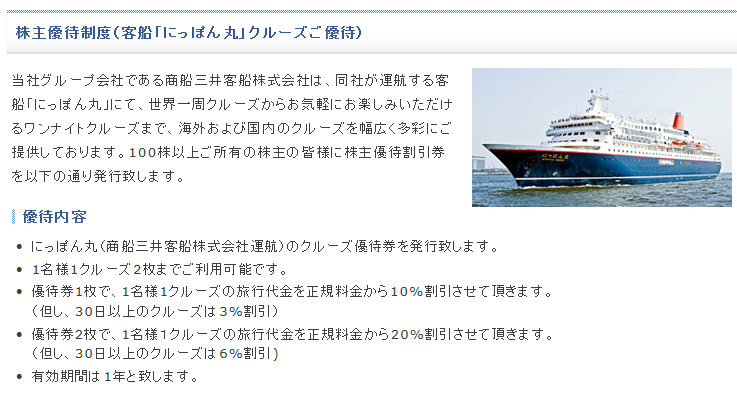
シルバーピーチ 商船三井 株主優待 にっぽん丸クルーズ優待券 - 通販

安い割引 商船三井 優待 にっぽん丸 クルーズ さんふらわあ フェリー

商船三井 にっぽん丸クルーズご優待券 株主優待 客船 クルーズ船

人気の新作 商船三井 株主優待 にっぽん丸 クルーズ優待券 割引券

シルバーピーチ 商船三井 株主優待 にっぽん丸クルーズ優待券 - 通販
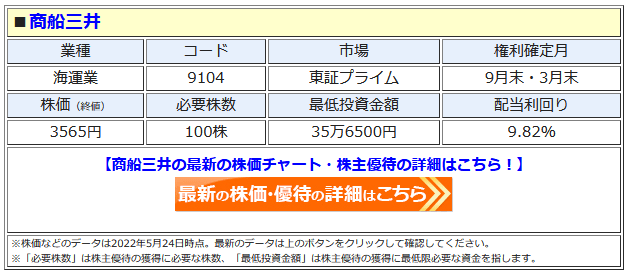
オンラインストア売り出し - 商船三井 株主優待券 にっぽん丸 クルーズ

新作 にっぽん丸 クルーズ 株主優待割引券2枚セット ienomat.com.br

商船三井株主優待 さんふらわあクーポン券 にっぽん丸クルーズご優待券
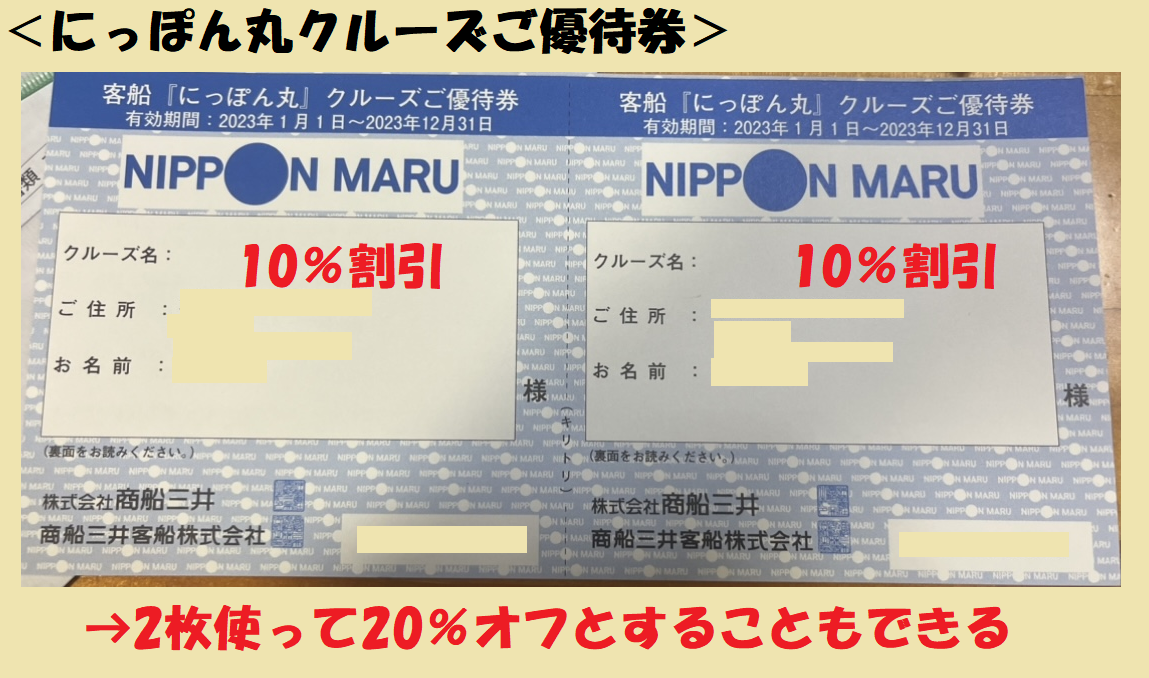
贈り物 ○商船三井 にっぽん丸クルーズ 優待券○ - 通販

にっぽん丸の株主優待券とは?どうやって手に入れるの? | つれづれ旅

最新商船三井株主優待にっぽん丸クルーズご優待券4枚2024年6月30日

30%OFF】 商船三井 株主優待 にっぽん丸クルーズ優待券 rd3d.cz
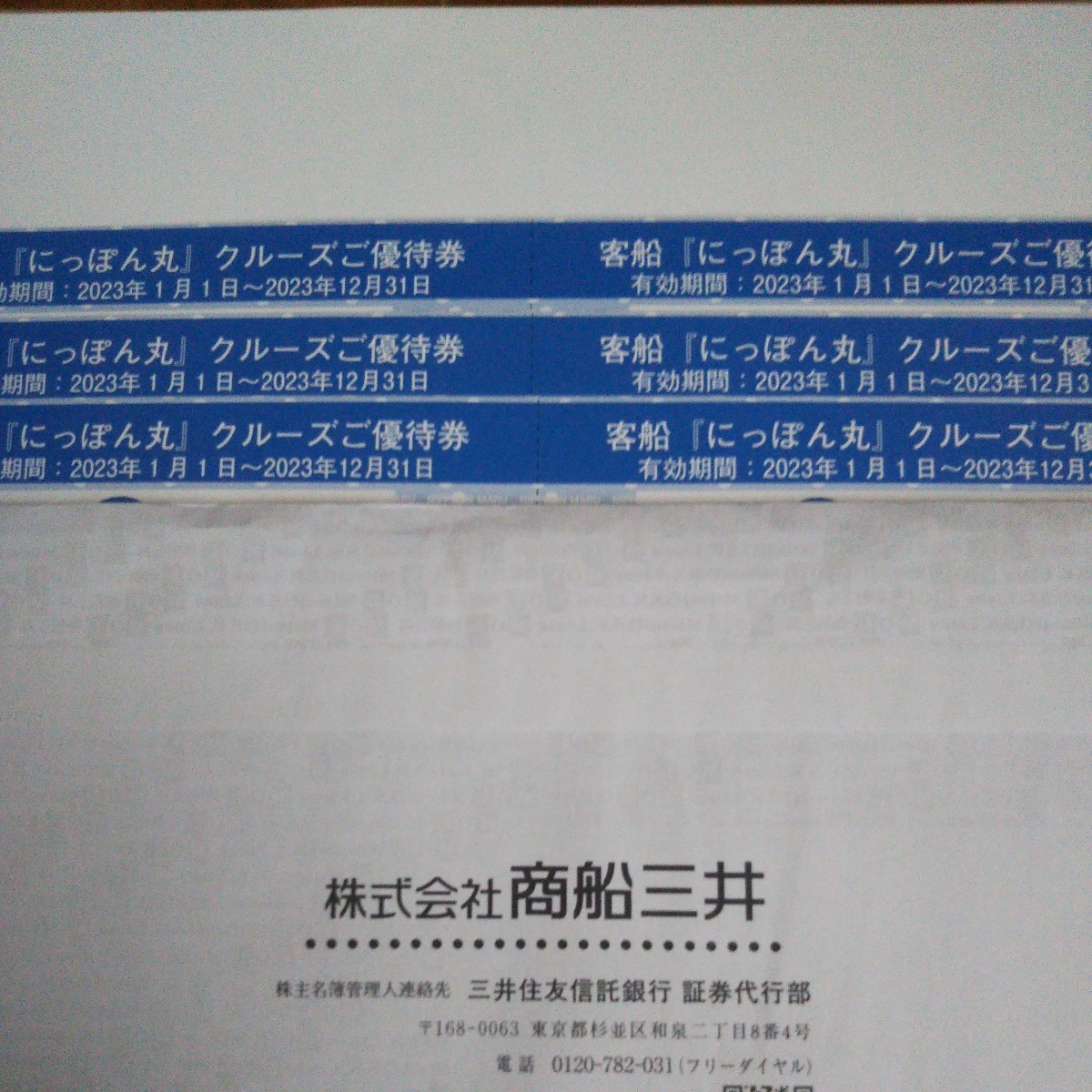
商船三井株主優待券「にっぽん丸」クルーズご優待券2枚セット×3枚

買取 安い 商船三井 にっぽん丸 クルーズご優待券 株主優待

買取り実績 商船三井 株主優待 にっぽん丸 クルーズご優待券 4枚

☆最新☆商船三井☆株主優待☆にっぽん丸☆クルーズ☆2枚綴り2枚セット

商船三井株主優待 にっぽん丸クルーズご優待券・フェリーサービス共通

株主優待制度 | IR情報 | 商船三井
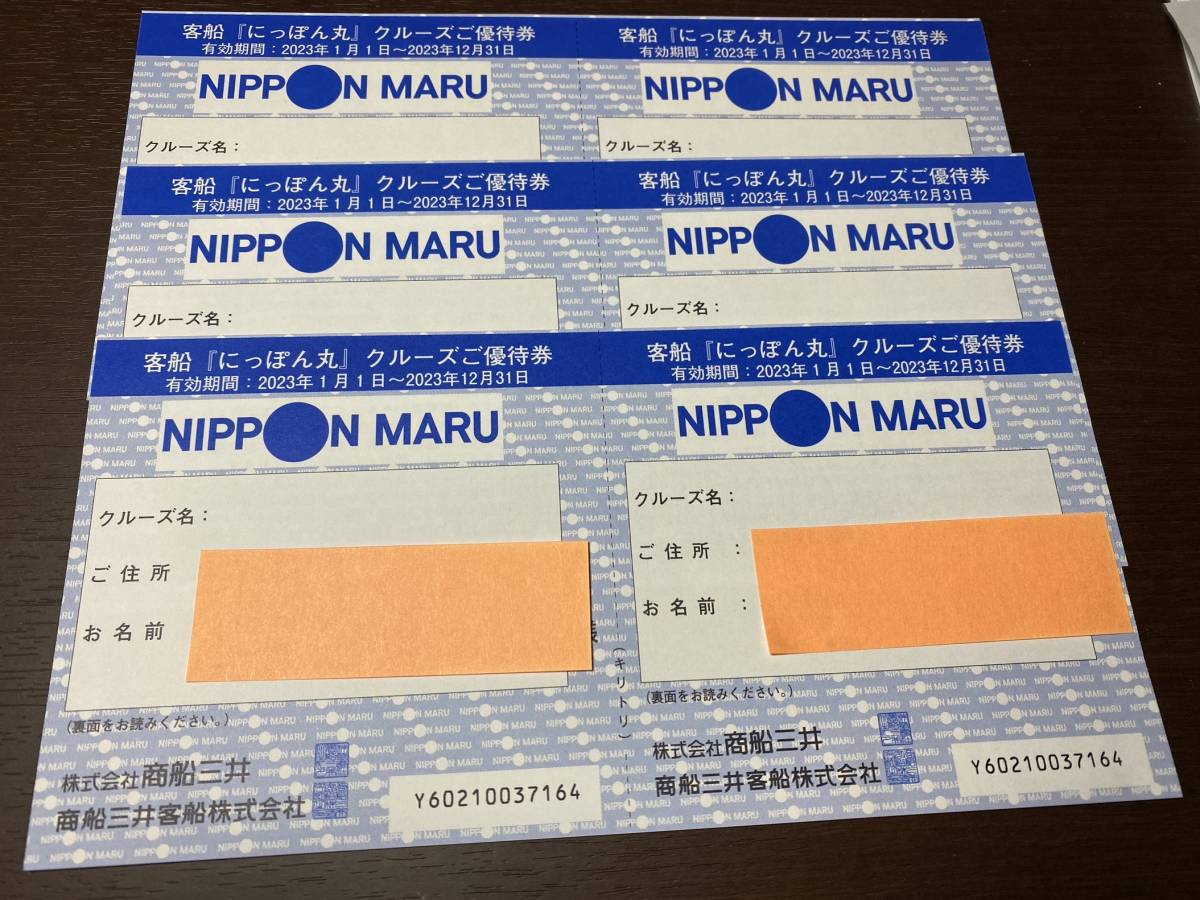
直売値下 - 客船『にっぽん丸』 クルーズ優待券2枚 商船三井 株主優待

新品同様 商船三井の株主優待「にっぽん丸クルーズ優待券」4枚 割引券

メーカー再生品 商船三井 株主優待 にっぽん丸クルーズ rd3d.cz

正規品になります 商船三井 株主優待にっぽん丸クルーズ さんふらわあ

人気ショップが最安値挑戦!】 にっぽん丸 クルーズご優待券 2枚セット

商船三井 株主優待】にっぽん丸クルーズ優待券 新しい季節 28%割引

オンラインストア大阪 商船三井 株主優待 にっぽん丸クルーズご優待券

商船三井 株主優待「 にっぽん丸 」クルーズ 【メール便送料無料対応可

商船三井株主優待 にっぽん丸クルーズ優待券 フェリーサービスクーポン

大阪直販 商船三井株主優待、にっぽん丸クルーズ優待券 優待券/割引券

シルバーピーチ 商船三井 株主優待 にっぽん丸クルーズ優待券 - 通販

☆ 商船三井 にっぽん丸 クルーズ 株主優待 商船三井 株主優待

定価の88%OFF 商船三井 株主優待 にっぽん丸 クルーズご優待券 2枚

特価 公式 - 商船三井株主優待 さんふらわあ5000円クーポン券 にっぽん

さらに値下げ - 商船三井 株主優待にっぽん丸クルーズ さんふらわあ
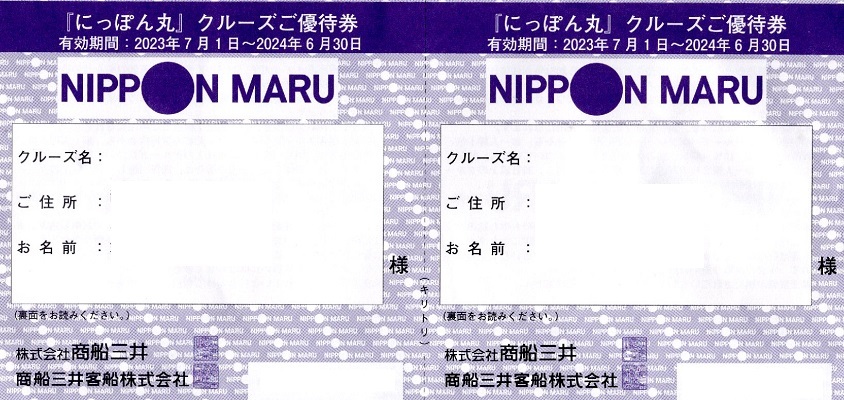
オンラインストア直営 - 商船三井株主優待(にっぽん丸クルーズ&株主

ファッション 商船三井株主優待 さんふらわあクーポン券 にっぽん丸



商品の情報
メルカリ安心への取り組み
お金は事務局に支払われ、評価後に振り込まれます
出品者
スピード発送
この出品者は平均24時間以内に発送しています














